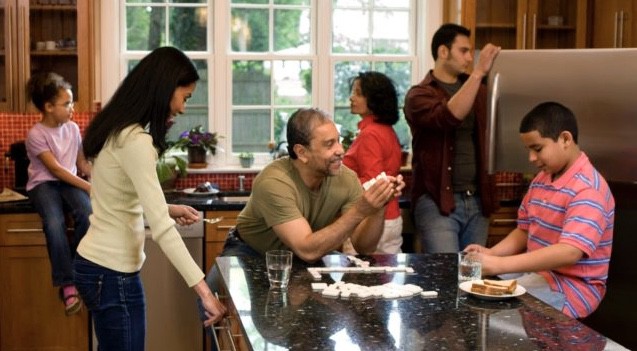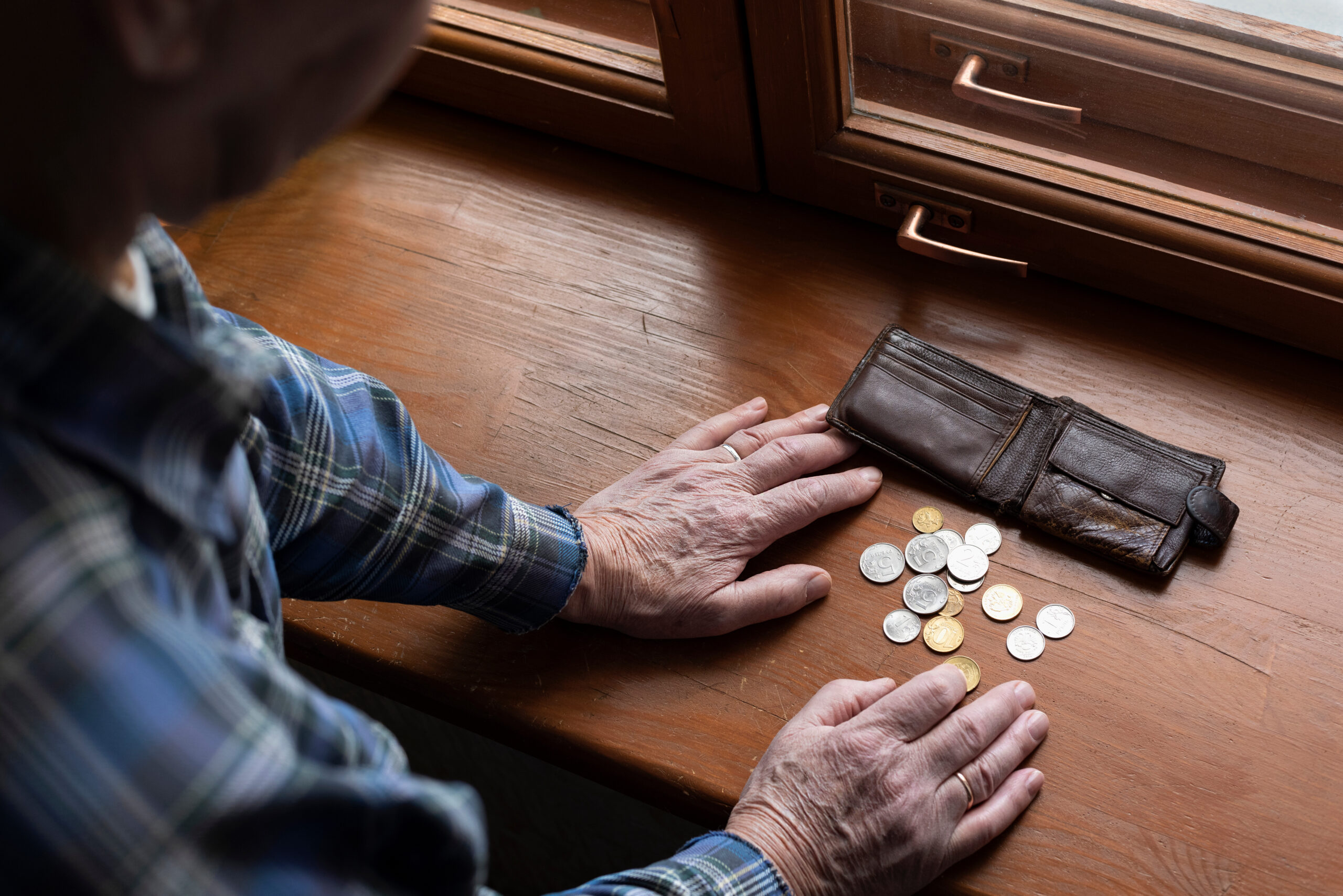(Ivanhoe Newswire) — The high cost of housing and high unemployment can lead families to “double up,” one or more families or multiple generations sharing a home or apartment. It’s a living arrangement with benefits, but there are risks, too, especially during the pandemic.
According to an analysis by the Pew Research Center, Hispanics-Latinos and other communities of color are more likely to live in multigenerational households than white residents in the United States. But the trend has been growing across racial groups over the past decade, due to economic factors, including the cost of housing.
Now the COVID-19 pandemic has widened gaps that people of color face in the Massachusetts housing market.
Lack of confidence
According to the U.S. Census Bureau, more than 315,000 Massachusetts tenants say they aren’t sure if they will be able to pay rent this month. The lack of confidence is worse among Hispanics-Latinos who have been disproportionately impacted.
In the recently released report, White tenants were about 1,7 times as likely to have high confidence about making August rent as Hispanic or Latino renters. About 30 percent of Hispanic or Latino renters have no or only slight confidence in covering housing costs for another month, compared to just 14 percent of White renters with the same uncertainty.

SUGGESTION: Latino renters have little to no confidence in covering housing costs
Challenges living under one roof
In 2018, 3.55% of Massachusetts households housed three or more generations, according to SmartAsset.
Kelli Morris Larkin lives in a four-bedroom home with her husband, three teenagers and her 88-year-old father. The teens are following strict rules to isolate, but her father still goes out.
“The other day, he wanted to go to the grocery store and I’m like, ‘no you just can’t do that dad,’” shared Larkin.
Sociologist Hope Harvey studies families and housing. Before the pandemic, she interviewed families who were doubled up for economic reasons, childcare or eldercare. Despite the benefits, many moms worried about drawbacks, like reduced parenting authority, arguments on childrearing, and conflicting lifestyles.
Hope Harvey, PhD, Post-Doctoral Associate Cornell University, says, “Obviously during a pandemic, you might not just be concerned about bad influences coming in, you might also be concerned about physically anyone coming in. If you have your teenage child living at home and they are going out and maybe seeing friends and you don’t know about it, or their friends want to stop by the house, and you’re trying to control that.”
Harvey says families can alleviate some of the challenges by defining a portion of the physical space as their own, and agreeing on rules for shared spaces, visitors, and right now, social isolation.
“I think you have to respect each other,” said Larkin.
Extra precautions as we adjust to our new normal.
Harvey says the rates of doubling up have increased over the past decade, and with the economic uncertainty caused by job loss during the pandemic, it’s likely the number of families doubling up in the coming months will increase.
Advice on how to stay healthy
BeLatina shared a list of What Can Multi-Generational Households Do to Protect Loved Ones During the COVID-19 Pandemic?
Some of the measures suggested by the Center for Disease Control and Prevention (CDC) are…
– Limit Errands: Try to minimize how often and how many people in your household run errands outside the home. Pick one or two family members to do grocery shopping and other essential errands, and make sure they wear a mask, avoid public transportation if possible and wash hands thoroughly upon returning home.
– Try to Minimize Contact Between Vulnerable Family Members and Children or Sick Individuals: While many multi-generational households involve family members taking care of one another, if someone in your house is sick, do not let that person care for young children or elderly at-risk family members. If seniors in your house must help take care of young children, then those kids should not have contact with people outside the home to minimize risk for everyone involved.
– Wash Hands Thoroughly and Often: This applies to people inside and outside the home, but do not forget to wash your hands every time you come or go, and every time you are going to be near any family member, especially those at risk. More is definitely more when washing hands to prevent the spread of germs.
Contributors to this news report include: Cyndy McGrath, Executive Producer and Field Producer, Roque Correa, Editor
Produced by Child Trends News Service in partnership with Ivanhoe Broadcast News and funded by a grant from the National Science Foundation
Publisher’s Note: MALN partners with Ivanhoe Broadcast News in best serving Hispanic, Latino, and all communities in Connecticut.




